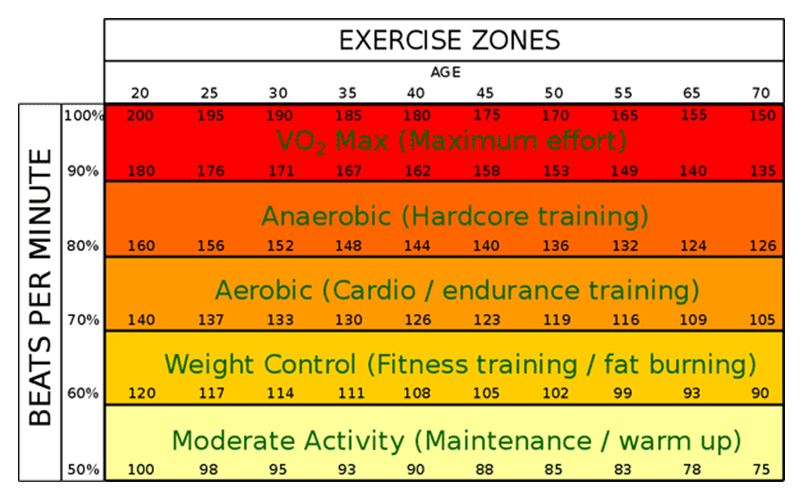Home » Fitness & Health Calculators » Pace Calculator
Pace Calculator
Enter Details
Pace in different units:
Per Mile
10:05 min/mile
Per Kilometer
6:15 min/km
Miles per Hour
5.95 mph
Kilometers per Hour
9.58 km/h
Meters per Minute
159.6 m/min
Meters per Second
2.66 m/s
At this pace, the times required for popular race distances are:
| Distance | Time | Distance | Time | |
|---|---|---|---|---|
| 1K | 6:16 | 1 mile | 10:05 | |
| 3K | 18:48 | 3 miles | 30:15 | |
| 5K | 31:20 | 5 miles | 50:25 | |
| 10K | 1:02:39 | 10 miles | 1:40:50 | |
| Marathon | 4:24:22 | ½ Marathon | 2:12:11 | |
| 400 meters | 2:30 | 800 meters | 5:01 |
Splits:
| Kilometers | Time |
|---|
| Miles | Time |
|---|
Training by Pace and Heart Rate
Pace is the speed of activity or movement, while heart rate indicates how many times a person’s heart contracts in a minute. Pace and heart rate have a positive correlation; a higher pace means a higher heart rate. The use of pace and heart rate can helps a person train to improve performance, avoid over-training, and be a tool for tracking progress and fitness level over time.
Measuring and Estimating Heart Rate and Heart Rate Zones:
Heart rate can be measured in various ways; from use of devices (like heart-rate monitors) or just looking at a watch while you measure your pulse at some peripheral site (like your wrist or neck). Some of the numbers of heart rate that you may be most familiar with are resting heart rate and maximum heart rate; both of which may be useful numbers in determining specific target heart rate zones to distinguish different levels of exercise intensity.
Typical adult resting heart rates (RHR) is often referred to as 60-100 beats per minute (bpm) but some would argue that normal RHRs are closer to 50-90 bpm. Generally, a lower RHR is indicative of more efficient heart function, while RHRs below 50 bpm may also indicate an underlying heart problem or disease. The same can be said for RHRs above 90bpm.
The cardiac stress test method provides the most accurate measurement of maximum heart rate (MHR) by measuring a person’s heart function (e.g. heart rate) during a few levels of progressively increasing workload (exercise). These methods typically last between ten to twenty minutes, which can be disruptive. Therefore, many MHR estimates have been developed based on age, which is highly correlated to heart rate but there is little agreement on which formula to use. The most commonly stated formula for reading MHR is:
MHR = 220 – age
Even though it is the most frequently used formula, as well as the most commonly referenced among heart rate training zones, the formula lacks a reference to a standard deviation, and many well-respected physical health and fitness professionals do not view the formula as a good predictor of MHR. Furthermore, MHR often varies greatly between individuals, even when they are of similar age and training experience in the same sport. Even so, MHR “predicted” by the above formula is often used to prescribe exercise training heart rates, and is useful reference information. As a reminder, exercise intensity is calculated at approximately 60-70% of maximum heart rate is recommended as the ideal range to maximize fat burning. See figure below for additional information.
Exercise intensity levels and typical heart rates associated with said levels based on age
